Postpartum anxiety is experienced by individuals who feel excessive anxiety after childbirth, which is called the postpartum period. An individual’s ability to perform everyday tasks may be hindered if the disorder is severe.
It’s normal to worry after giving birth to a child. Do you worry about their nutritional needs? Do they sleep enough? Is every milestone being reached? What about germs? When will I sleep again? Why do I have so much laundry?
That is perfectly normal – not to mention, a strong sign of your deep and abiding love for your newest family member.
Sometimes, it’s even more than that. You may have more than the new-parent jitters if your anxiety seems out of control, keeps you up at night, or keeps you constantly on edge.
Postpartum depression (PPD) is probably familiar to you. There has been a lot of press surrounding postpartum depression, which is great – it’s very real. Did you know postpartum anxiety disorder is its little cousin? Let’s learn more.
Is it postpartum anxiety or just worrying?
It is natural to worry when you are having a baby or becoming a parent. There is something that feels like it never stops when it comes to postpartum anxiety. Having postpartum anxiety can interfere with your ability to relax and last all day. The feeling of irrational fear or being on edge during pregnancy is also associated with postpartum anxiety.
Anxiety after childbirth may manifest in the following ways:
- Sleepless nights because you’re worried your baby will stop breathing
- Fear of leaving your baby alone for a few minutes with someone you trust (or your spouse)
- Being so scared of being hurt by someone that you can’t bear to leave your house
Causes of postpartum anxiety
The birth of a new baby can be stressful, especially for a first-time mom. The fact that every new product you purchase is accompanied by an all-caps warning label concerned with sudden infant death syndrome (SIDS) does not help the situation.
A mother’s story reveals how the worry described here can really transform into something far more unpleasant. How could this happen? You are going from 0 to 60 and back again during the entire pregnancy, postpartum, and trying-to-conceive process.
Given that hormone fluctuations are universal, it is a bit of a mystery why some women get postpartum anxiety disorder and others don’t. Pregnant women with anxiety or those with anxiety in their families are more likely to develop it. OCD is also more prevalent in pregnant women.
You may be at greater risk if you have any of the following conditions:
- Eating disorder history
- Death of an infant from a previous pregnancy
- Period-related mood changes that are more intense
According to a study, women who had miscarriages or stillbirths in the past were more likely to suffer from postpartum anxiety.
Read: Postnatal Anxiety
Symptoms of postpartum anxiety
Almost all new parents experience some anxiety (if not all). The most common symptoms of postpartum anxiety disorder are:
- Excessive worrying that does not go away
- Fear about what will happen
- Having trouble sleeping when your baby is sleeping peacefully is another indication that your sleep will be disrupted (yes, this one is hard since a newborn will disrupt your sleep even without anxiety)
- Racing thoughts
Additionally, you may experience physical symptoms, such as:
Additionally, there are two types of postpartum anxiety that are more specific to the period following childbirth – postpartum panic disorder and postpartum obsessive compulsive disorder. The symptoms of postpartum depression are similar to those of non-postpartum depression, but maybe more related to your role as a new parent.
Postpartum OCD can lead to obsessions, recurring thoughts, and fears about your baby’s well-being. Panic attacks can occur suddenly when you have similar thoughts with postpartum panic disorder.
Postpartum panic attacks are characterized by:
- Having difficulty breathing or a sense of choking
- Being terrified of death (for yourself or your child)
- Chest pain
- Dizziness
- Racing heart
Read: Thought Disorder
Postpartum anxiety vs. Postpartum depression
According to a study that surveyed 4,451 women, 18 percent reported that they felt anxious after giving birth. There were also 35 percent of those mothers who also had postpartum depression symptoms (that’s significant, and a reminder that you’re not alone in this).
It appears that PPD and postpartum anxiety can exist together, but they can also exist independently. What is the difference between the two?
Physical symptoms are similar. PPD, on the other hand, is characterized by overwhelming sadness and may lead to feelings of self-harm and thoughts of baby harm.
Symptoms of postpartum anxiety disorder may include some or all of the above – but you would need intense depression in order to have it.
Read: Severe Depression
Treatment for postpartum anxiety
Diagnosing postpartum anxiety is the first step to getting help. We mentioned earlier that it appears to affect 18 percent of all new mothers. There is also a possibility that some women may refuse to mention their symptoms, making the number even higher.
You should see your doctor for a postpartum checkup. Your doctor will schedule one for you within six weeks after giving birth. If you have concern-inducing symptoms, make an appointment to see the doctor.
You can experience postpartum anxiety as well as postpartum depression. Fortunately, there are treatments for both conditions.
Depending on what your doctor says about your symptoms, you may be prescribed prescription medications, referred to a mental health specialist, or recommended supplements or complementary therapies like acupuncture.
Psychotherapies such as cognitive behavioral therapy (to focus on the positive rather than the negative) and acceptance and commitment therapy can help.
You may also find activities that give you a sense of control, such as:
- Exercise
- Mindfulness
- Relaxation techniques
Not interested? According to one study, exercise – specifically resistance training – can help alleviate symptoms of generalized anxiety disorder in women of childbearing age. The women in this study weren’t postpartum, but this result should be taken into consideration.
Read: COVID Anxiety Syndrome
What medications are used for postpartum anxiety?
Postpartum anxiety and postpartum depression are most commonly treated with SSRIs (selective serotonin reuptake inhibitors). SSRIs increase serotonin levels in the brain. Serotonin is reabsorbed by nerve cells after carrying a message between them. Reabsorption is blocked by SSRIs. Nerve cells can now send and receive messages more easily due to the increased availability of serotonin.
SNRI induces the brain to produce more serotonin, norepinephrine, and dopamine, which have similar effects as SSRIs.
Treatment of anxiety can include tricyclic antidepressants and monoamine oxidase inhibitors. A narrow spectrum of side effects makes SSRIs the preferred medication.
There is a possibility of side effects with all medications. Be sure to discuss the risks and benefits of using medications to treat anxiety with your healthcare provider before taking them. Be sure to let your provider know if you are breastfeeding or plan to breastfeed so they can design a treatment plan that will be breastfeeding-friendly for you.
Is it possible to breastfeed while taking anti-anxiety medication?
Medications should be discussed with your healthcare provider if you are breastfeeding. It is through your bloodstream and breast milk that medications are passed to your baby. The use of some medications during pregnancy and breastfeeding is safe, but the use of others is not.
Is postpartum anxiety permanent?
The answer varies from person to person. The effects of postpartum anxiety don’t last forever, but they usually don’t go away on their own either. The best way to recover from postpartum anxiety is to get prompt treatment from your healthcare provider. You should not be discouraged from seeking help because of the stigma associated with anxiety.
Are postpartum anxieties recurrent?
The answer is yes. There is no way to predict when excessive anxiety will strike. Anxiety feelings related to your children can develop at any time after giving birth, but they may not be labeled as postpartum anxiety. Any time a child’s extreme worry interferes with their life, talk to their healthcare provider.
Outlook
Postpartum anxiety can be treated effectively, enabling you to bond with your sweet baby.
Putting off treatment may seem like a good idea since junior will soon reach a milestone and my anxiety will ease. In reality, anxiety can worsen quickly instead of going away on its own.
Don’t forget, ladies: The baby blues rarely last longer than a couple of weeks. Do not be afraid to raise the issue with your doctor if you experience longer-term, severe anxiety and symptoms. If it doesn’t improve with initial treatment, don’t give up on it.
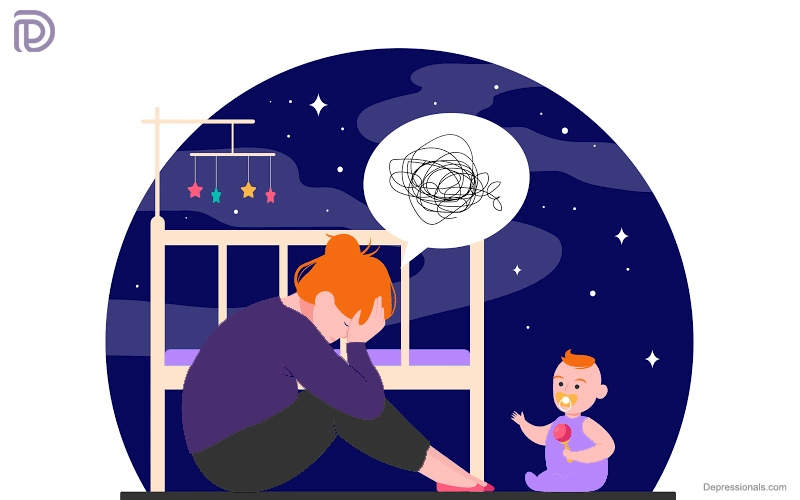
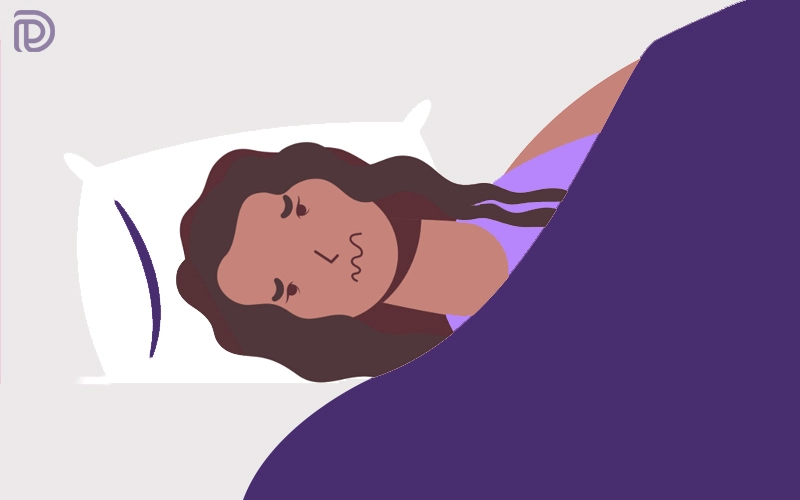
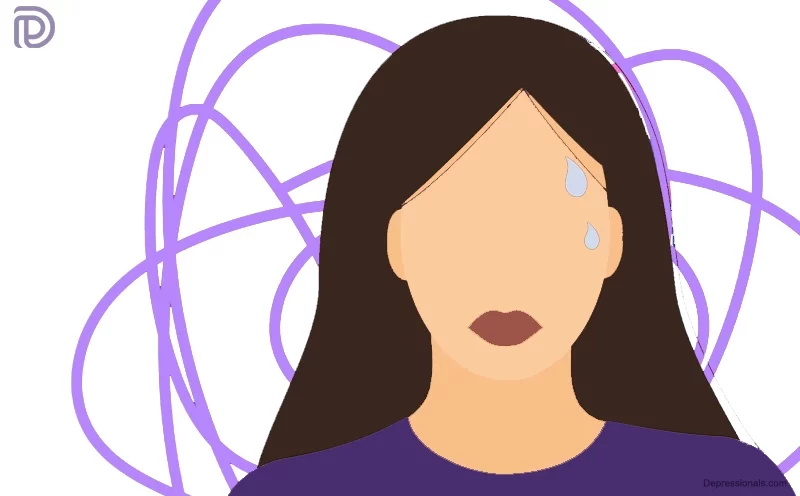
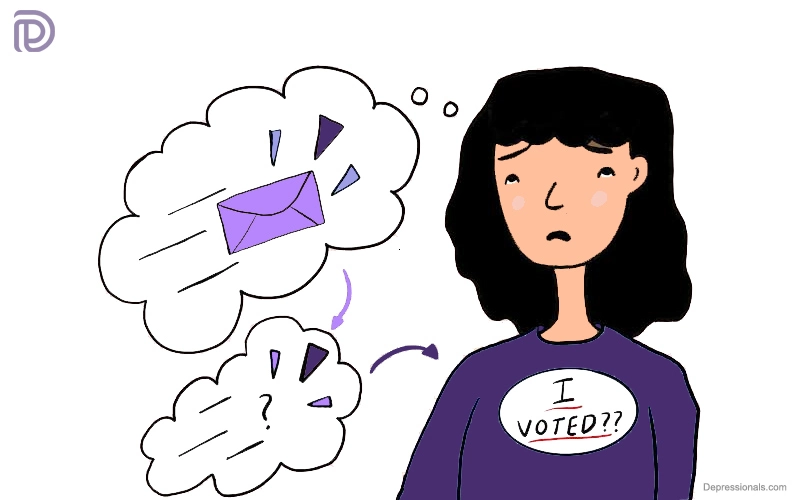
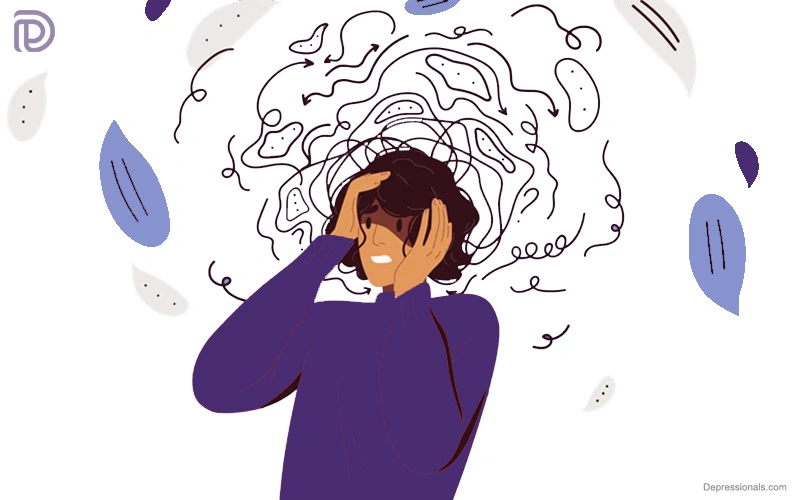

I do agree with all of the ideas you have presented in your post. They’re very convincing and will definitely work. Still, the posts are very short for novices. Could you please extend them a bit from next time? Thanks for the post.
You have noted very interesting points! ps nice website.